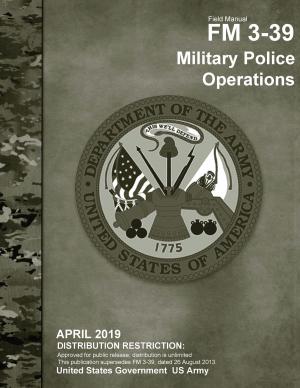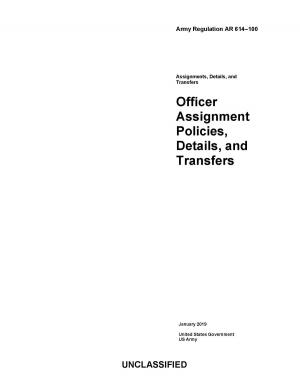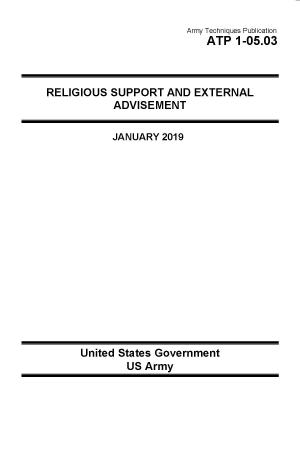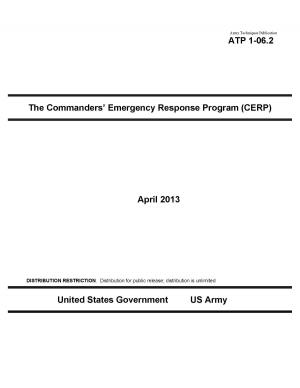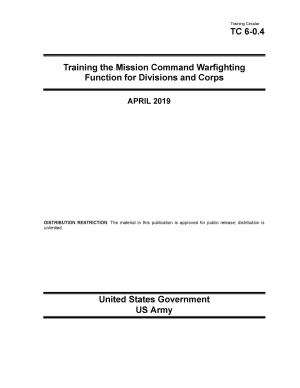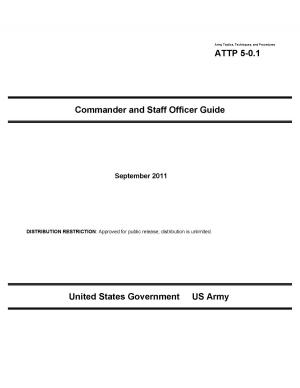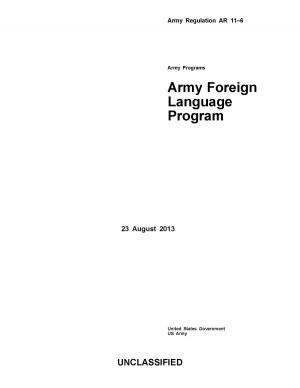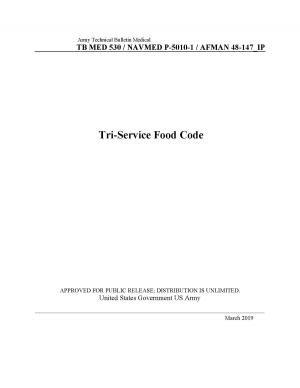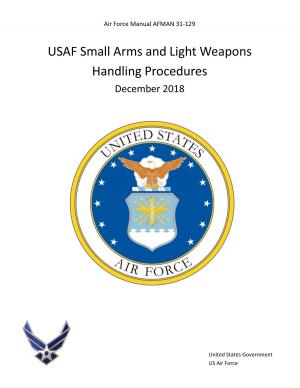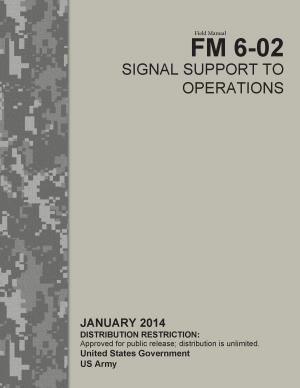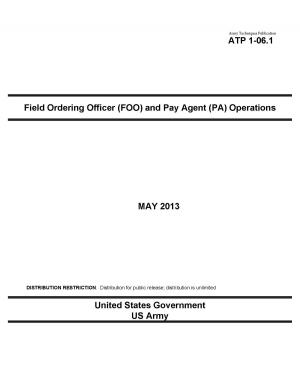Army Health Promotion Risk Reduction Suicide Prevention Report – The Chiarelli Report
Nonfiction, Reference & Language, Study Aids, Graduate & Professional, Armed Forces, Health & Well Being, Medical, Specialties, Psychiatry, Reference, Guides & Handbooks| Author: | United States Government US Army | ISBN: | 1230000144321 |
| Publisher: | eBook Publishing Team | Publication: | June 23, 2013 |
| Imprint: | Language: | English |
| Author: | United States Government US Army |
| ISBN: | 1230000144321 |
| Publisher: | eBook Publishing Team |
| Publication: | June 23, 2013 |
| Imprint: | |
| Language: | English |
This report reflects a year’s worth of work at the direction of the Army’s Senior Leadership to provide a “directed telescope” on the alarming rate of suicides in the Army. It represents both initial findings of the Army Suicide Prevention Task Force and informs the future of Suicide Prevention within the Army. Suicide is a devastating event. What was once considered a private affair or family matter now threatens our Army’s readiness. Equally alarming to the rising rate of suicide in the Army is an increasing number of Soldiers who engage in high risk behavior. Equivocal deaths,1 deaths by drug toxicity, accidental deaths, attempted suicides, and drug overdoses are reducing the ranks and negatively effecting the Army’s ability to engage in contingency operations in Iraq and Afghanistan. These deaths further strain efforts to sustain institutional operations. No one could have foreseen the impact of nine years of war on our leaders and Soldiers. As a result of the protracted and intense operational tempo, the Army has lost its former situational awareness and understanding of good order and discipline within its ranks.
This report’s comprehensive review exposes gaps in how we see, identify, engage and mitigate high risk Soldiers. These gaps exist in our systems and processes due in part to Army Transformation and nearly a decade of war. Policy, process, structure and programs have not kept pace with the expanding needs of our strained Army. While leadership schools emphasize battlefield skills, leaders are not as adept at negotiating the art of leadership in a garrison environment as they were prior to OEF and OIF. Failure to execute policies designed to ensure good order and discipline in garrison sends a message of permissive complacency. Failure to refer a Soldier with a drug positive urinalysis to the Army Substance Abuse Program (ASAP); initiate administrative separation for positive urinalysis; administratively separate Soldiers committing multiple instances of misconduct; and report unlawful activity all contribute to a breakdown in good order and discipline. This, in turn, has led to an increasing population of high risk Soldiers whose transmittable behavior can erode Army values and unit readiness.
Additionally, our units, Soldiers and Families are feeling the strain and stress of nine years of conflict. The cumulative effect of transitions borne of institutional requirements (professional military education, PCS moves, promotions) coupled with family expectations/obligations (marriage, child birth, aging parents) and compounded by deployments is, on one hand, building a resilient force while on the other, pushing some units, Soldiers and Families to the brink.
This report reflects a year’s worth of work at the direction of the Army’s Senior Leadership to provide a “directed telescope” on the alarming rate of suicides in the Army. It represents both initial findings of the Army Suicide Prevention Task Force and informs the future of Suicide Prevention within the Army. Suicide is a devastating event. What was once considered a private affair or family matter now threatens our Army’s readiness. Equally alarming to the rising rate of suicide in the Army is an increasing number of Soldiers who engage in high risk behavior. Equivocal deaths,1 deaths by drug toxicity, accidental deaths, attempted suicides, and drug overdoses are reducing the ranks and negatively effecting the Army’s ability to engage in contingency operations in Iraq and Afghanistan. These deaths further strain efforts to sustain institutional operations. No one could have foreseen the impact of nine years of war on our leaders and Soldiers. As a result of the protracted and intense operational tempo, the Army has lost its former situational awareness and understanding of good order and discipline within its ranks.
This report’s comprehensive review exposes gaps in how we see, identify, engage and mitigate high risk Soldiers. These gaps exist in our systems and processes due in part to Army Transformation and nearly a decade of war. Policy, process, structure and programs have not kept pace with the expanding needs of our strained Army. While leadership schools emphasize battlefield skills, leaders are not as adept at negotiating the art of leadership in a garrison environment as they were prior to OEF and OIF. Failure to execute policies designed to ensure good order and discipline in garrison sends a message of permissive complacency. Failure to refer a Soldier with a drug positive urinalysis to the Army Substance Abuse Program (ASAP); initiate administrative separation for positive urinalysis; administratively separate Soldiers committing multiple instances of misconduct; and report unlawful activity all contribute to a breakdown in good order and discipline. This, in turn, has led to an increasing population of high risk Soldiers whose transmittable behavior can erode Army values and unit readiness.
Additionally, our units, Soldiers and Families are feeling the strain and stress of nine years of conflict. The cumulative effect of transitions borne of institutional requirements (professional military education, PCS moves, promotions) coupled with family expectations/obligations (marriage, child birth, aging parents) and compounded by deployments is, on one hand, building a resilient force while on the other, pushing some units, Soldiers and Families to the brink.


